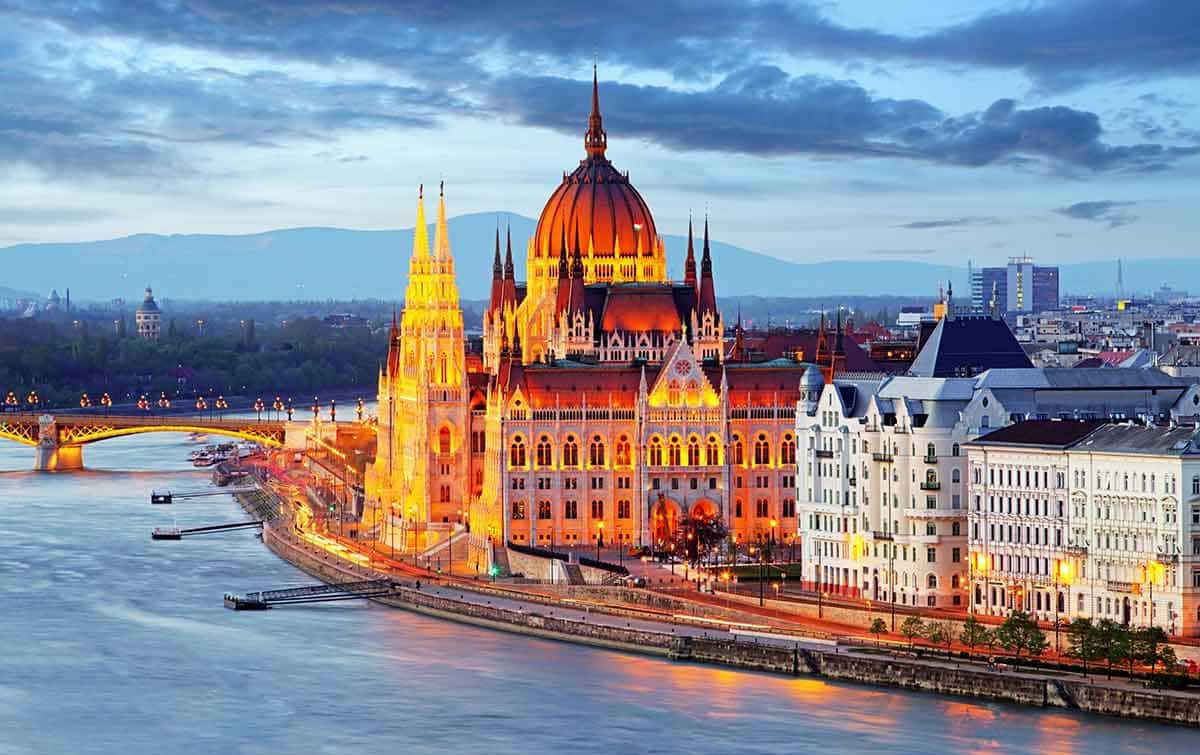Budapest is the capital and largest city of Hungary, located along the banks of the Danube River. It is the 9th most populous city in the European Union, with roughly 1.7 million residents. The city has a total land area of 203 square miles. Budapest is divided by the Danube River into two sides: Buda, located on a hill and known for its historic castles and palaces, and Pest, which is flat and known for its busy downtown area, street cafes, and thermal baths.
Budapest is known as the “Paris of the East” due to its stunning historic architecture. It is also known for its thermal baths and spa experiences. It is home to numerous sights like the Danube River, the Gellert Baths, the Buda Castle, Fisherman’s Bastion, the parliament building, and many more.
Buda, Pest, and Obuda
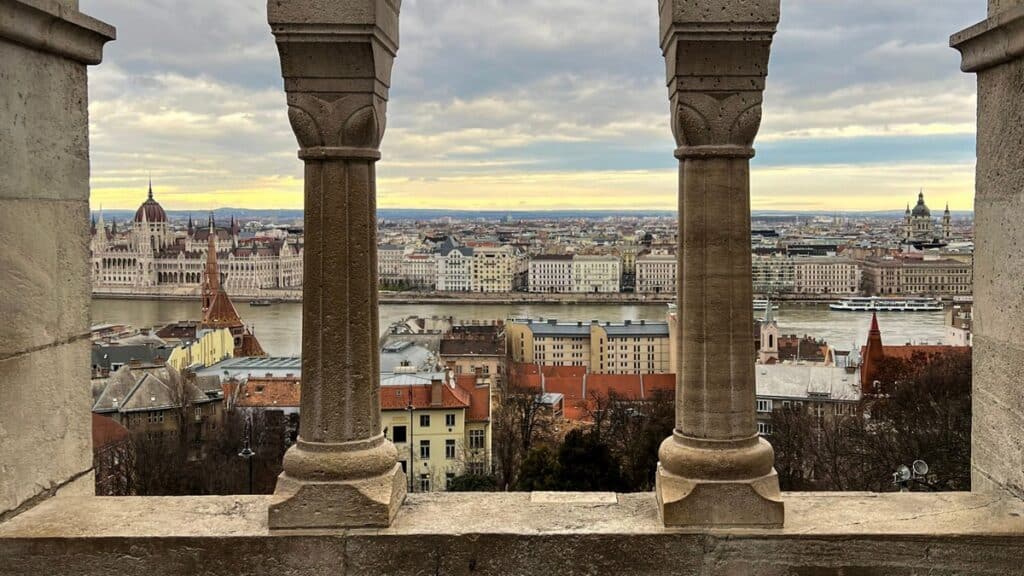
Budapest was formed in 1873 when three regions on opposite banks of the Danube River merged. Buda is located on the western bank of the Danube River and is characterized by its hilly terrain, medieval castles and buildings, and historical landmarks. Pest, on the other hand, is located on the eastern bank of the river and is known for its flat terrain, bustling streets, and vibrant nightlife. Óbuda is a historic neighborhood in the northern part of Budapest known for its ancient Roman ruins.
Buda Castle and Fisherman’s Bastion
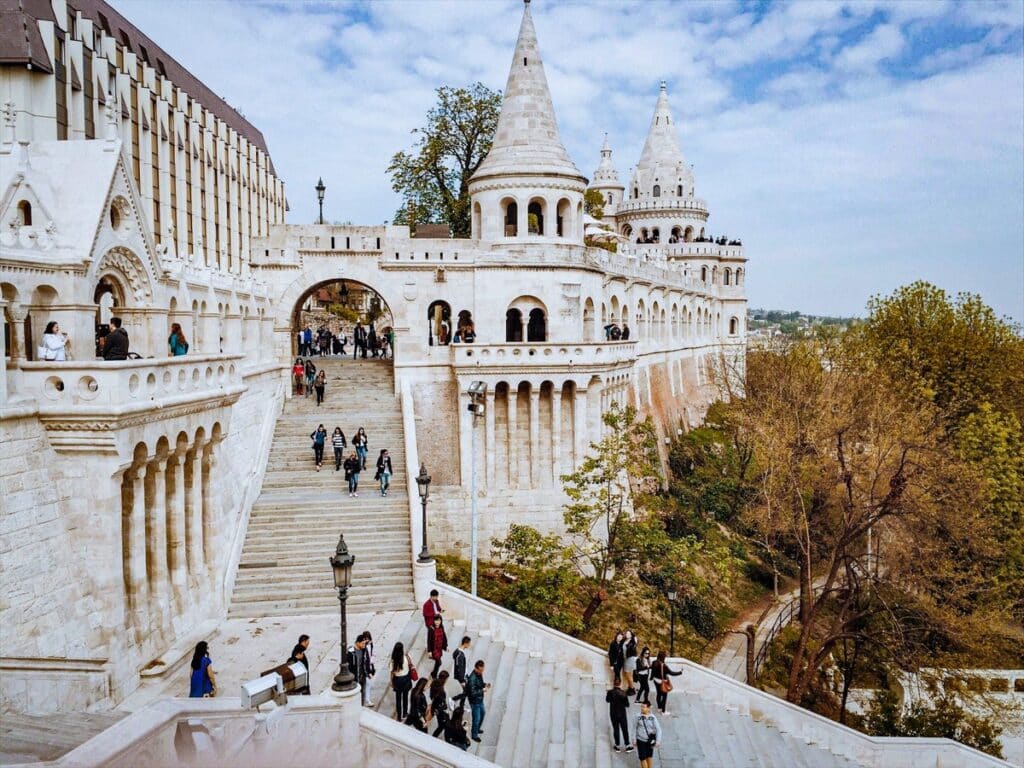
The Buda Castle is a historic palace complex located on Castle Hill in the Buda district of Budapest, Hungary. It was originally built in the 13th century and has been modified and expanded over the centuries to its current form. The castle is home to several museums and galleries, including the Hungarian National Gallery and the Budapest History Museum. Visitors can also enjoy panoramic city views from the castle’s terraces and towers.
Great Views at the Fisherman’s Bastion
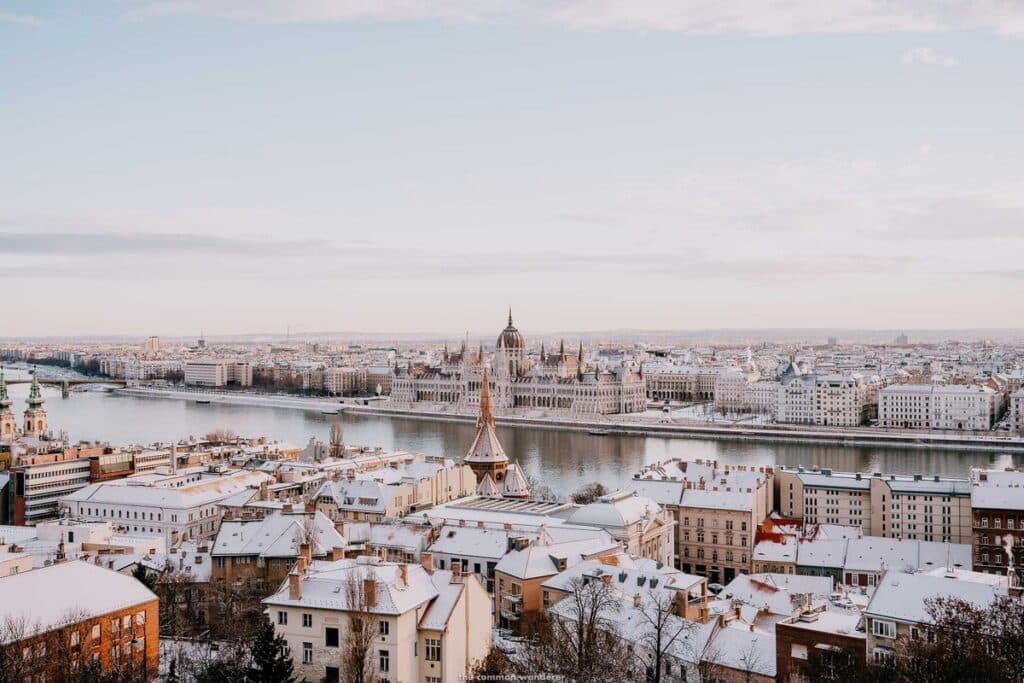
The Fisherman’s Bastion is a terraced structure near Buda Castle, overlooking the Danube River. It was built in the late 19th and early 20th centuries as a viewing platform and monument to the medieval fishermen’s guilds who once guarded this section of the city’s fortifications. The Fisherman’s Bastion is characterized by its white stone walls, arches, towers, and panoramic views of the city. It is a popular tourist destination, offering visitors a unique combination of history and breathtaking views.
Hungarian Parliament Building
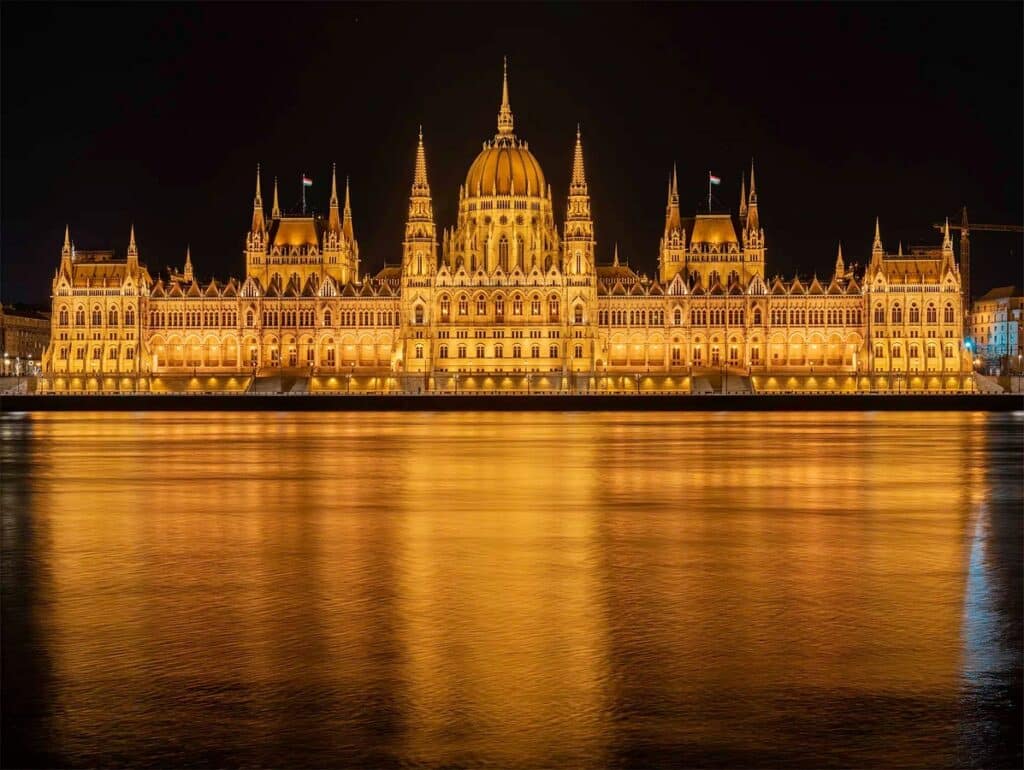
The Hungarian Parliament Building is one of the city’s most iconic landmarks. It was completed in 1902 and is one of the largest parliamentary buildings in the world, with 691 rooms and a central dome reaching 96 meters. The building is a stunning example of neo-Gothic architecture, with intricate details, stained-glass windows, and beautiful frescoes. Visitors can take guided tours of the Parliament Building, which include access to the impressive Main Staircase, the Hungarian Crown Jewels exhibit, and the historic Session Room.
Hungarian State Opera House
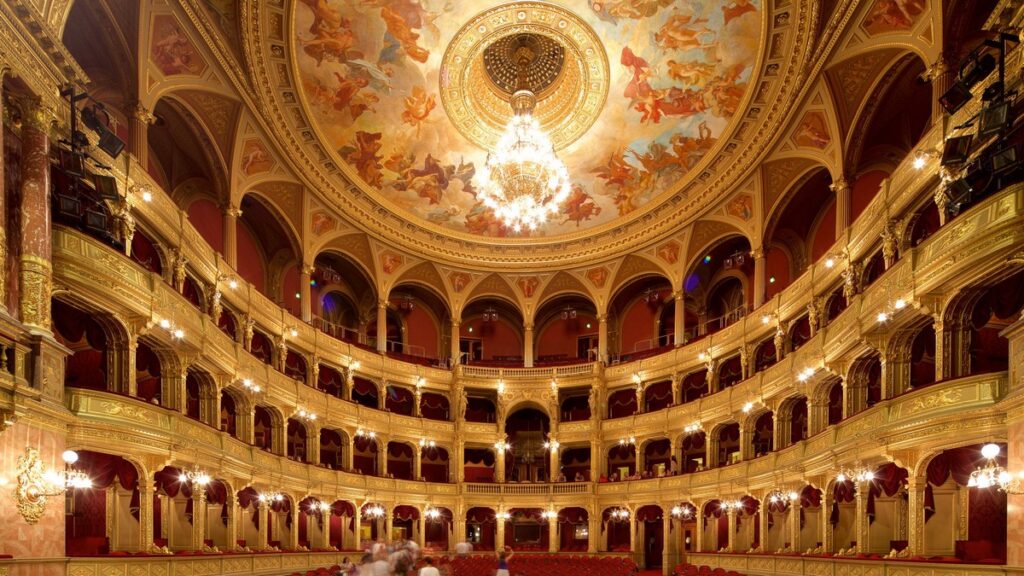
The Hungarian State Opera House offers unforgettable experiences for music and theater lovers. It is a stunning example of neo-Renaissance architecture, with ornate interiors and a grand staircase leading to the main hall. The stage is one of the largest in Europe and is equipped with the latest technology, allowing for mesmerizing productions. Performances at the Opera House range from grand operas to ballets and feature some of the world’s most talented musicians, singers, and dancers. A visit to the Hungarian State Opera House is a must for anyone looking to experience the city’s rich cultural heritage.
Walk Along the Danube River
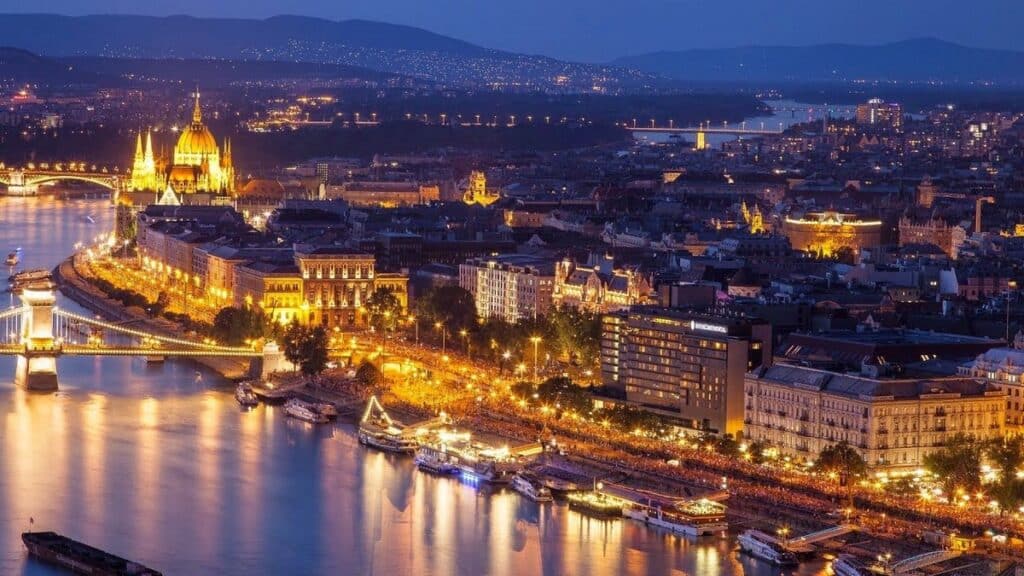
The Danube River is a major river that runs through central and southeastern Europe and is an important waterway for commerce, transportation, and recreation. In Budapest, walking along the Danube river offers stunning views of the city’s famous landmarks and provides a peaceful escape from the bustling streets. Some popular walking routes along the Danube in Budapest include the promenade that runs from the Chain Bridge to the Parliament Building. These areas offer beautiful views of the Buda Castle, Fisherman’s Bastion, and the Pest skyline.
Scenic Boat Tour on the Danube River
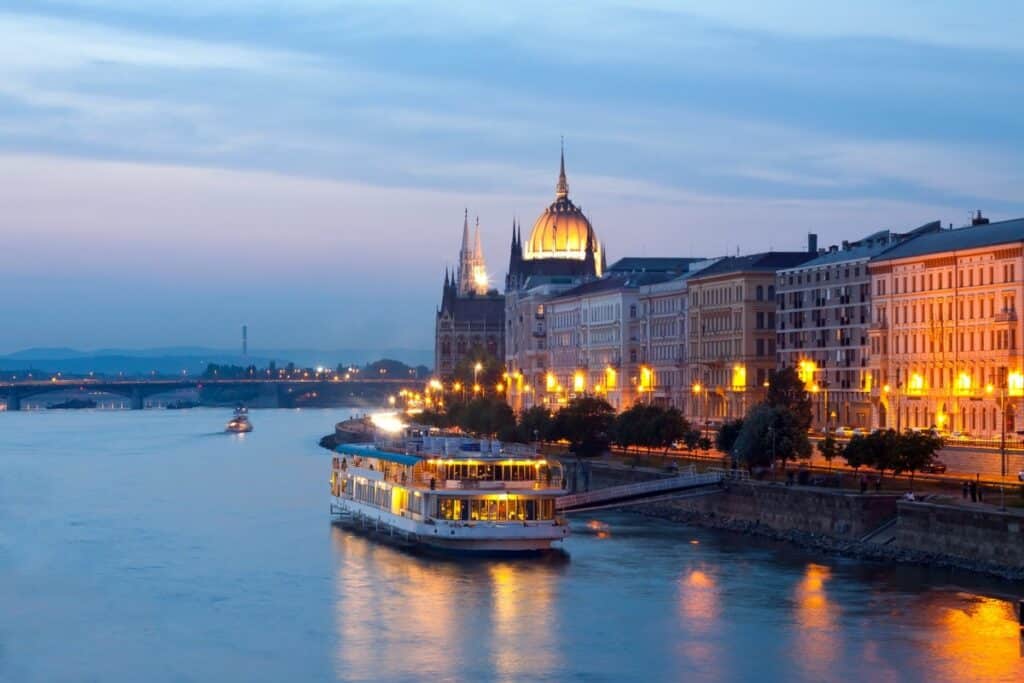
A boat tour on the Danube River is a unique and scenic way to explore Budapest and its famous landmarks. They typically depart from one of the city’s many docks. In addition, some boat tours offer scenic views of the Danube Bend, a section of the river that turns sharply and provides stunning views of the surrounding hills and countryside. These can be booked for different lengths, from a short river cruise to a longer excursion that includes a meal or entertainment.
The “Paris of the East”
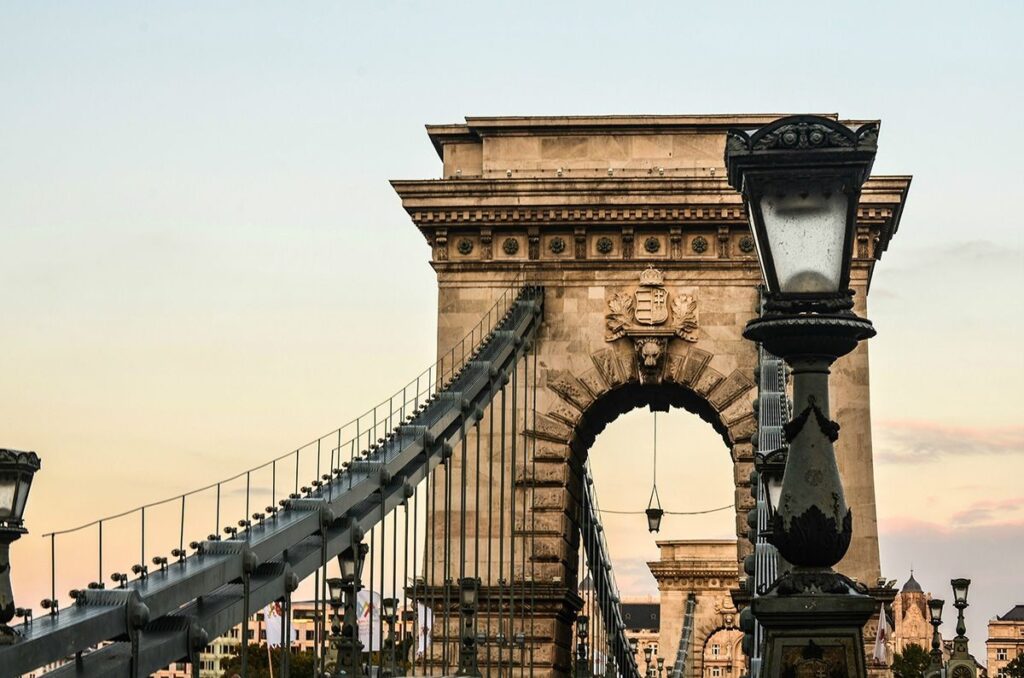
The term “Paris of the East” is often used to describe Budapest since it reflects its rich cultural heritage, elegant architecture, and reputation as a vibrant and sophisticated destination. The city is known for its stunning neo-classical and art nouveau buildings, tree-lined boulevards, and picturesque bridges that span the Danube River. It also boasts a thriving arts and cultural scene, with numerous museums, galleries, and theaters. With its rich history, stunning architecture, and vibrant cultural scene, it’s no wonder that Budapest is considered one of the most beautiful cities in Europe.
Nightlife in the City’s Ruin Bars
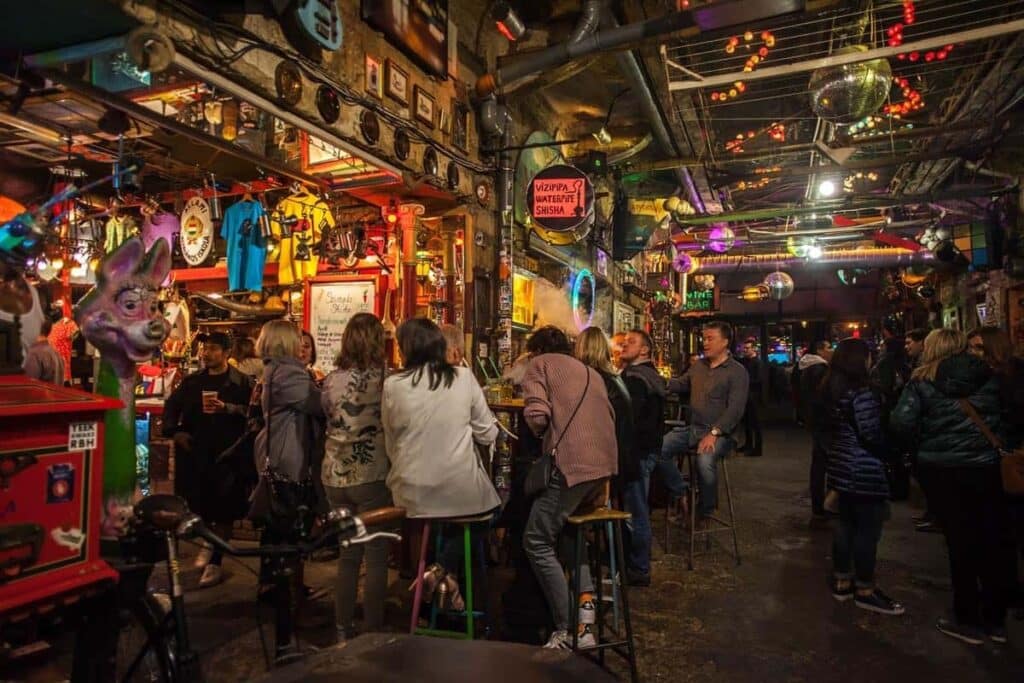
Budapest’s Ruin Bars are a unique and vibrant aspect of the city’s nightlife scene. These bars are located in abandoned or dilapidated buildings in the city’s historic Jewish Quarter and offer a unique mix of gritty urban charm and hipster chic. With their eclectic decor, graffiti-covered walls, and laid-back atmosphere, the Ruin Bars have become a popular destination for locals and visitors alike. The bars offer a wide range of drinks, including craft beers and cocktails, and often feature live music and DJs.
Traditional Hungarian Dishes

Traditional Hungarian dishes are hearty, flavorful, and often heavily influenced by Hungarian, Austrian, and Turkish cuisine. Some of the most famous traditional Hungarian dishes include goulash and stuffed peppers. Other popular dishes include chimney cake, a sweet pastry made from dough wrapped around a cylinder and roasted over hot coals, and Hungarian-style stuffed pancakes, which can be filled with sweet or savory ingredients. Hungarian cuisine is also known for its hearty soups and its use of paprika, a key ingredient in many traditional dishes that gives them their distinctive, spicy flavor.
Hungarian Parliament Museum
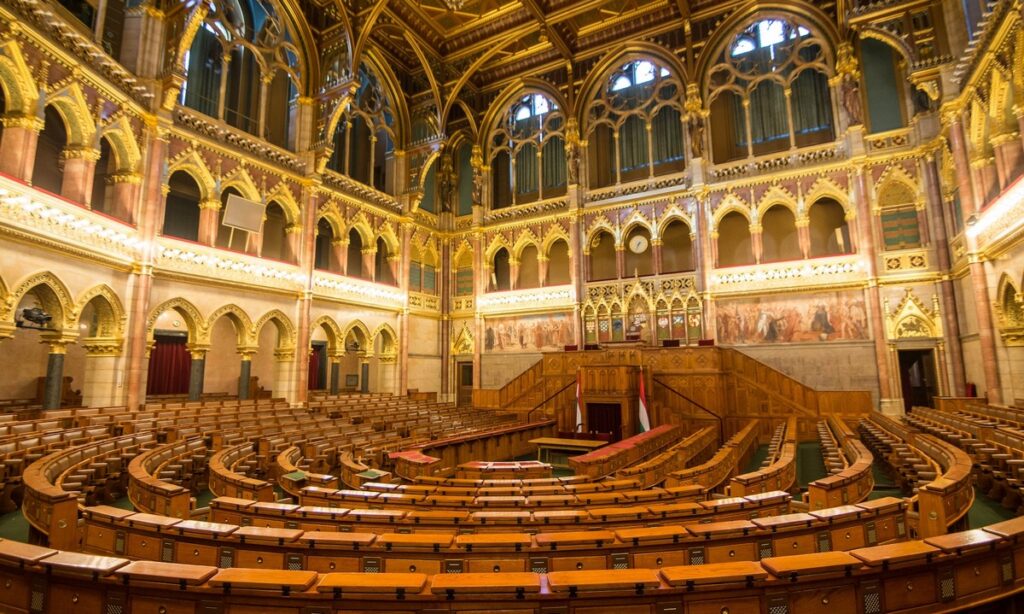
The Hungarian Parliament Museum is a must-visit destination for history and political enthusiasts visiting Budapest. Located inside the Hungarian Parliament Building, the museum offers a fascinating insight into the history and workings of Hungarian politics and governance. Visitors can explore the Parliament’s grand halls and chambers, including the House of Representatives and the Senate, and learn about the history of Hungarian democracy and government. The museum also offers exhibits on the history of the Parliament Building and its role in Hungarian political life, as well as exhibits on the country’s coat of arms, currency, and other cultural artifacts.
Walk Across the Chain Bridge
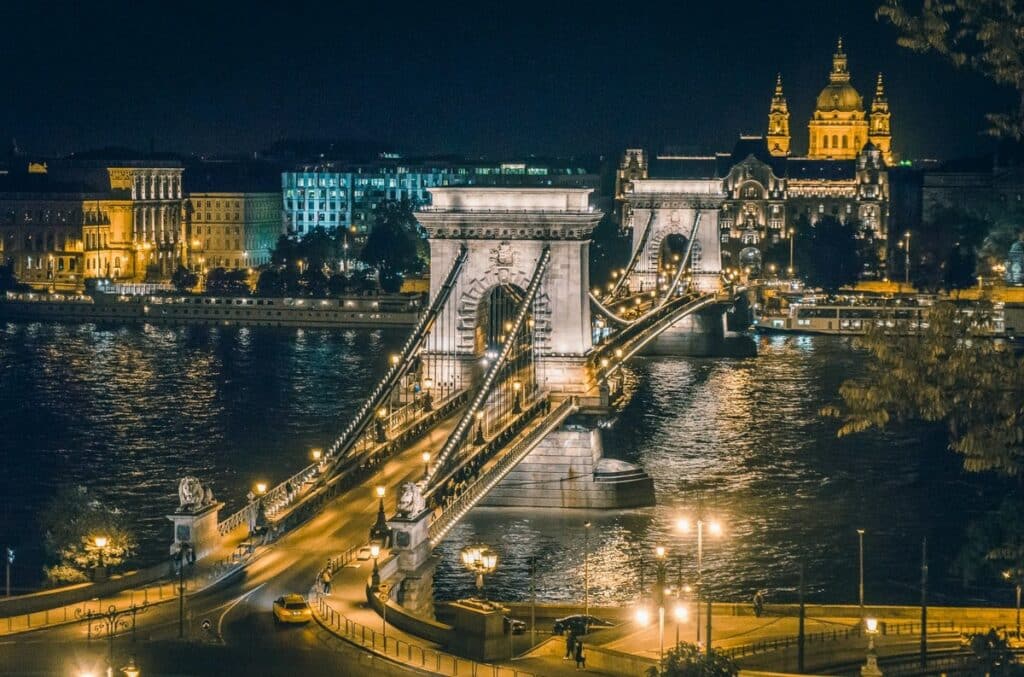
The Chain Bridge is one of Budapest’s most iconic landmarks and a symbol of the city’s rich history and cultural heritage. The bridge, which spans the Danube River and connects the two sides of the city, Buda and Pest, was completed in 1849 and was the first permanent bridge to connect the two sides. It is a stunning example of 19th-century engineering, with its stone pillars, elegant arches, and distinctive chains supporting the roadway. Today, the bridge is a popular destination for tourists, who admire its beautiful architecture and enjoy the views of the city and river from its pedestrian walkways.
Architectural Walking Tour
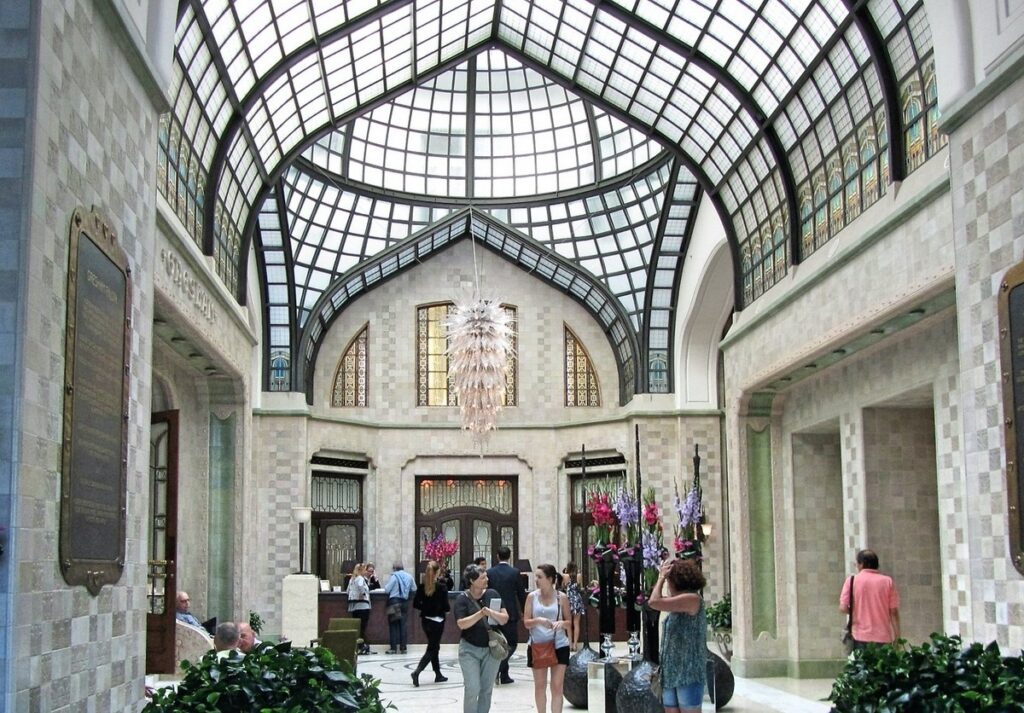
An architectural walking tour is a great way to explore the city and learn about its history and culture. The tour takes visitors through some of the city’s most iconic neighborhoods and landmarks, including the Royal Palace, the Fisherman’s Bastion, and the Parliament Building. Along the way, visitors will have the opportunity to admire the city’s diverse range of architectural styles, including Art Nouveau, Baroque, and Gothic, as well as learn about the historical and cultural significance of each building. The tour may also cover the city’s thermal baths and discuss their history and cultural significance.
Explore Margaret Island
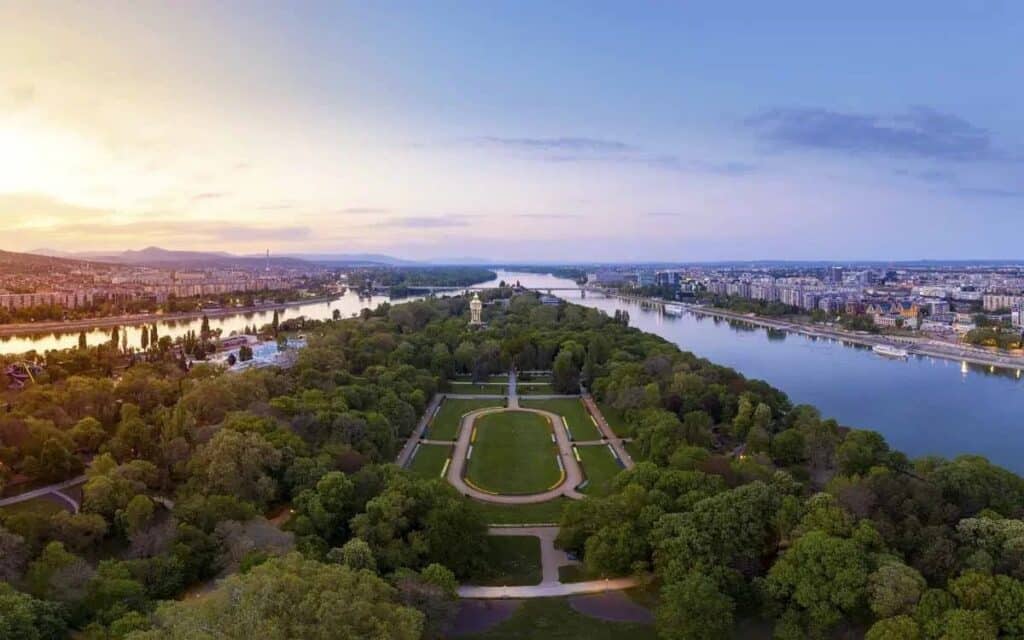
Margaret Island is a park and recreational area in the middle of the Danube River. The island, named after Saint Margaret of Hungary, was once the site of a nunnery, but today it is a popular destination for locals and tourists, who come to enjoy its lush gardens, parks, and recreational facilities. Visitors can stroll along the island’s scenic paths, relax in its tranquil gardens, and enjoy the many recreational activities available, including boating, swimming, and picnicking. The island is also home to several historic landmarks, including the medieval ruins of a Dominican nunnery and a 13th century water tower.
Shopping at the Central Market Hall
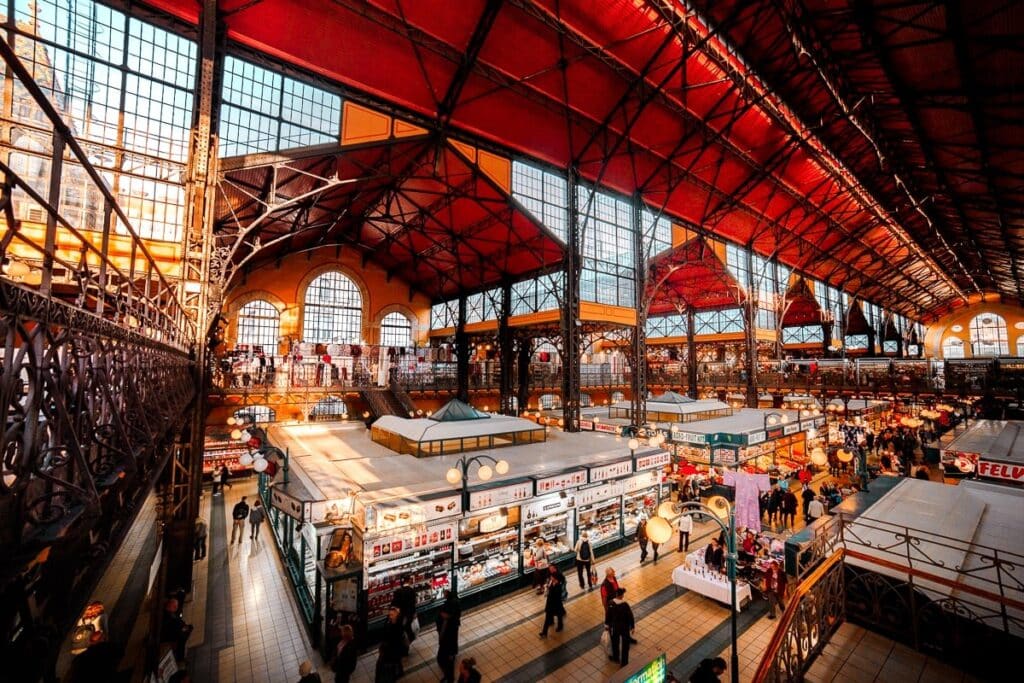
Budapest’s Central Market Hall is a bustling indoor market that dates back to the late 19th century. The market is housed in a large, elegant building with a stunning iron and glass roof and is divided into several floors. Visitors can explore the market’s stalls, filled with a wide variety of Hungarian and international foods, including fresh produce, meats, cheeses, and baked goods. The market is also great for picking up souvenirs, gifts, and local crafts. It is a great place to sample the local cuisine, shop for gifts, and soak up the vibrant atmosphere.
St. Stephen’s Basilica
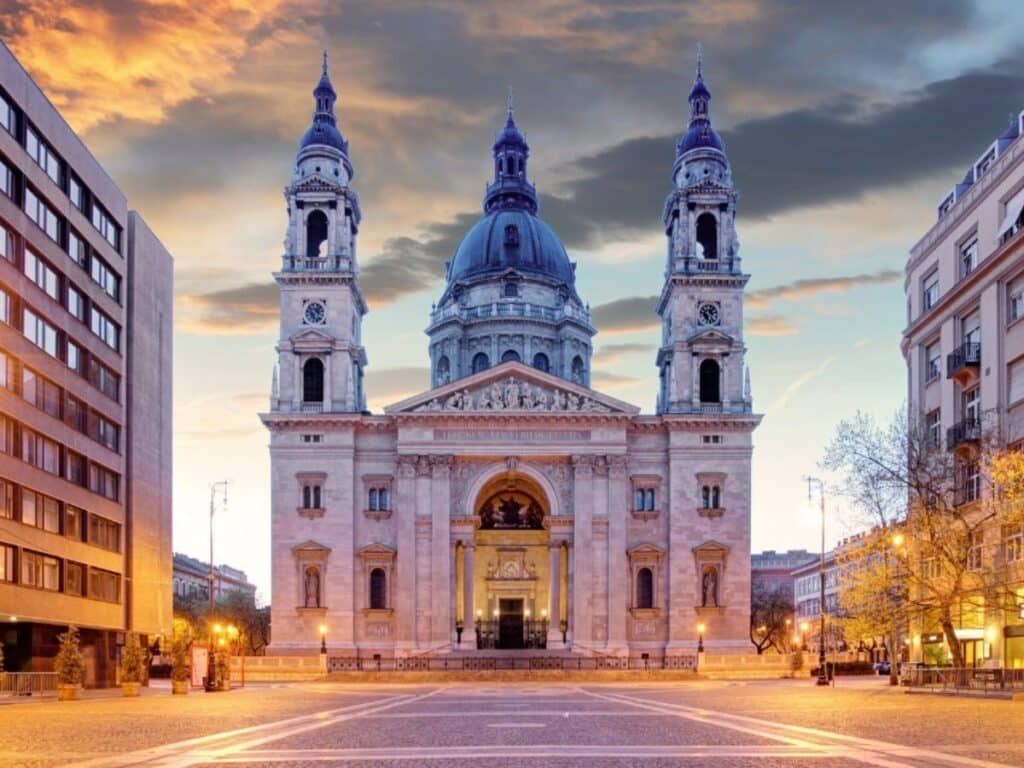
St. Stephen’s Basilica is a beautiful neoclassical church named after Hungary’s first king, Saint Stephen. It is the largest church in Budapest and one of the city’s most iconic landmarks. The church, built in the late 19th century, is known for its impressive interior, featuring a towering dome, intricate frescoes, and stunning stained-glass windows. Visitors tour the basilica and admire its works of art and architectural details. The basilica is also home to Hungary’s most precious relic, the Holy Right Hand of Saint Stephen, displayed in a special chapel.
Soak in the City’s Famous Thermal Baths
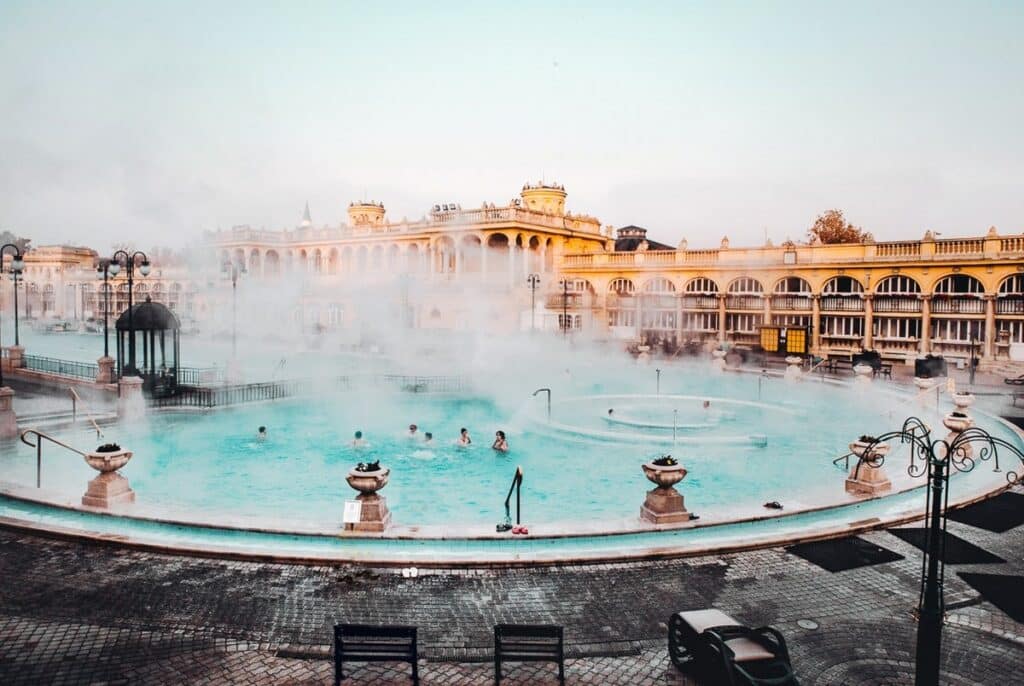
Budapest is famous for its thermal baths, a unique and popular attraction in the city. The thermal baths, used for centuries, are fed by natural hot springs rich in minerals and therapeutic properties. Visitors can choose from a wide variety of baths, including the historic Gellért Baths, the stunning Art Nouveau-style Széchenyi Baths, and the more modern Rudas Baths. Each bath offers its unique experience, featuring outdoor pools, steam rooms, saunas, and massage treatments, while others offer a more traditional spa experience.
Explore the City Park
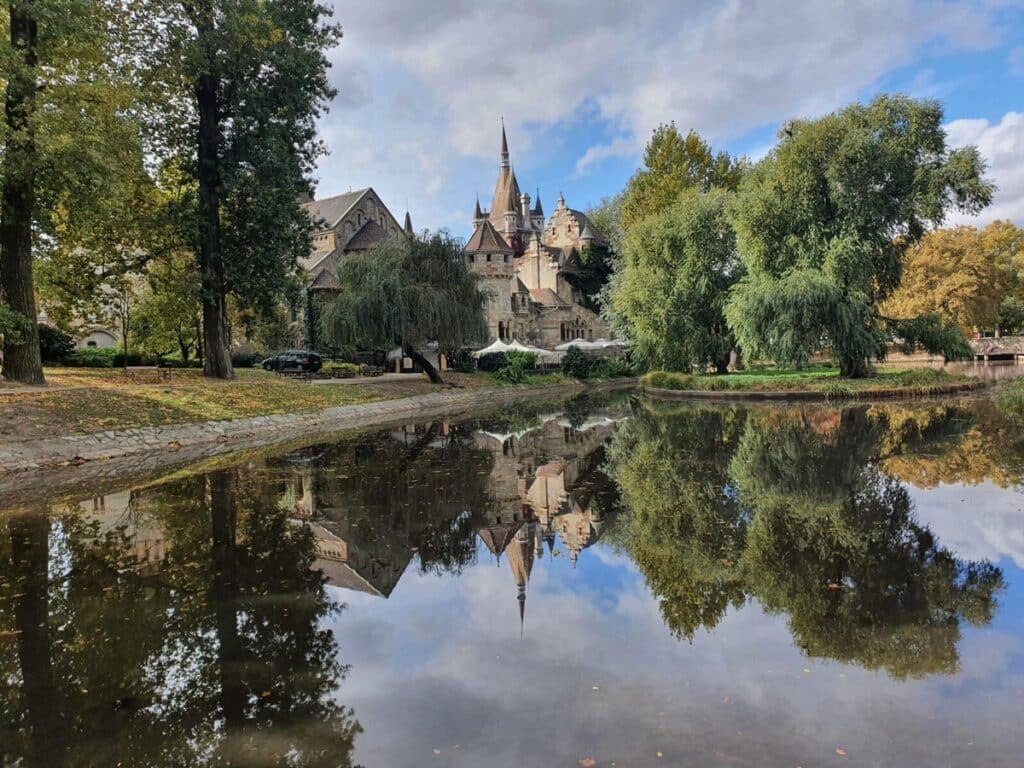
Budapest’s City Park is a public park that was created in the late 19th century. It offers a peaceful escape from the busy city streets. The park is home to several iconic landmarks, including the Hungarian State Opera House, the Museum of Fine Arts, and the Széchenyi Baths. Visitors can also enjoy various recreational activities, including walking, cycling, fishing, or relaxing on its lawns. The park is also home to several beautiful gardens, including the Japanese Garden and the Rose Garden, which offer a peaceful and picturesque setting for visitors to enjoy.
Visit the Heroes’ Square
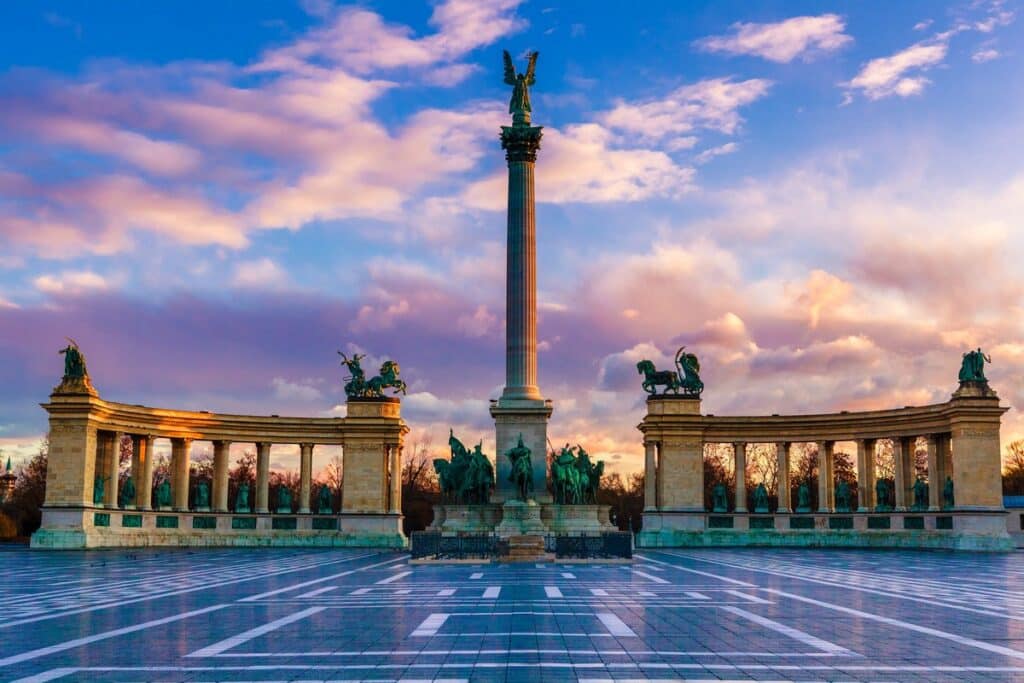
Heroes’ Square is a grand square erected in 1896 to commemorate the 1,000th anniversary of the Hungarian Conquest. It is considered one of Budapest’s most important landmarks. The square is surrounded by beautiful buildings, including the Museum of Fine Arts, and is dominated by the Millenary Monument, which honors the seven chieftains who led the Hungarian Conquest. It is also home to two large stone pillars, topped by statues of the first seven Hungarian kings. Visitors can also admire the beautifully landscaped gardens, fountains, and pools around the square, making it a popular destination for recreational activities.
